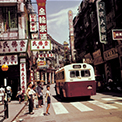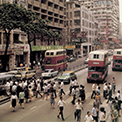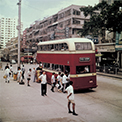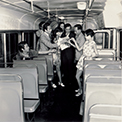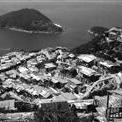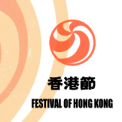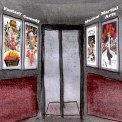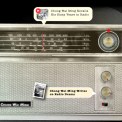Man-powered transport quickly became a thing of the past when the streets were taken over by motor vehicles in the 1960s and 1970s. In 1968, the government stopped issuing licences for rickshaws, which then gradually disappeared from Hong Kong’s streets. Meanwhile, the junk, commonly seen in films set in Hong Kong, was slowly replaced by the motorised fishing boat. On land, public transport was provided by buses and trams, which employed conductors on board to sell tickets to passengers. Later, as modern means of transportation were introduced and road tunnels were built, Hong Kong’s citizens had more and more options to choose from. In 1967, Hong Kong’s first road tunnel, the Lion Rock Tunnel, was opened; in 1969, minibuses plying their trade in the New Territories were granted official licences; in 1979, the Kowloon Canton Railway resumed operations, switching in 1982 from diesel to electric trains. The Cross Harbour Tunnel opened in 1972, and in 1979 the Mass Transit Railway went into operation. Improvements to transport services crossing Victoria Harbour gradually turned the wala wala (small boat) into a distant memory, while the Star Ferry lost its role as the primary means of cross-harbour travel.
During the 1960s and 1970s, police officers were put on point duty at road intersections to direct busy traffic, and the government invested significant efforts in educating the public on road safety, reminding pedestrians and drivers alike to take extreme caution when using the roads. The school-based road safety patrol was also a hallmark of this period.


